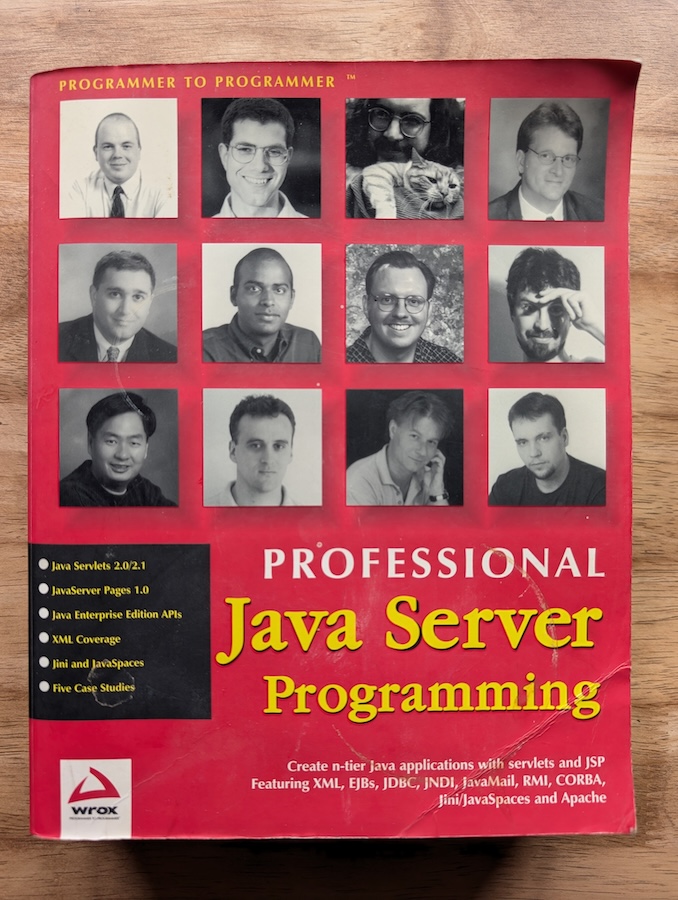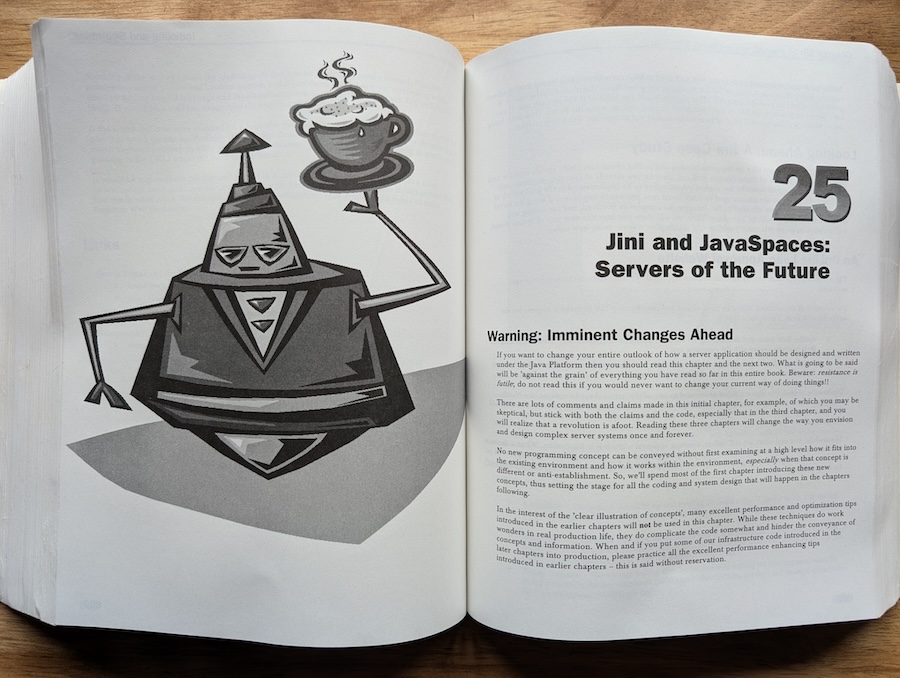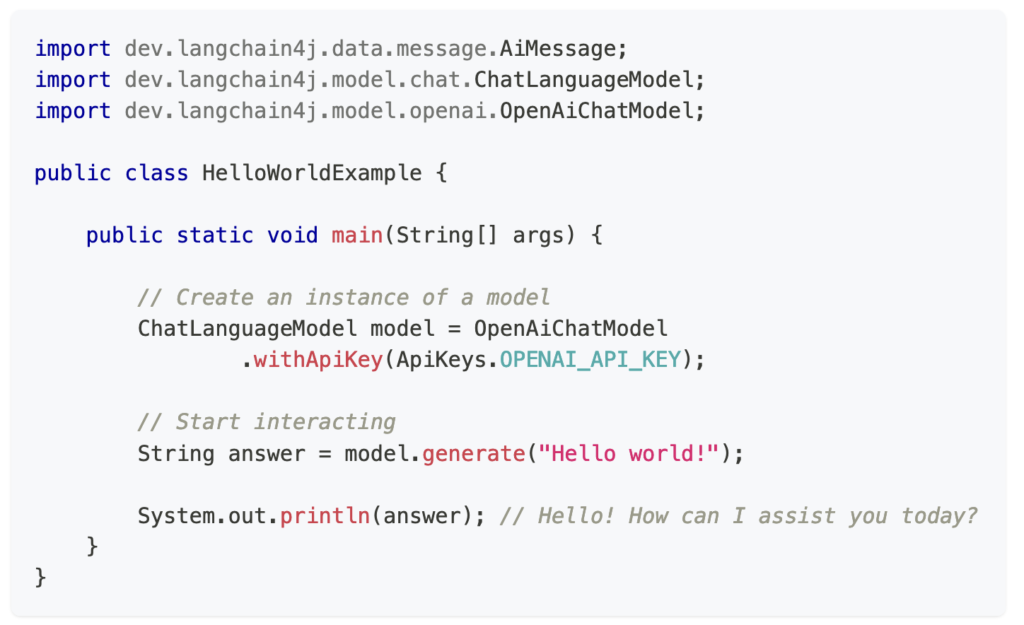I drafted this post some time in 2022, and never got around to posting it. I wanted to publish it as it contains some good links and thinking points.
My last role gave me a chance to play more with serverless code in the form of AWS Lambda. While the issues around the cold starts still need managing in some way, I’m am excited about serverless as a technology and think it should be more widely adopted.
The main advantage of serverless is not having to think about servers. They are still there, but can be mostly ignored. As Justin Etheredge neatly put it, “Managing servers is a nasty side effect of wanting to execute code.”
Not having to think about servers means a lot of things become simpler. Most compelling of these is having a smaller attack surface against hackers. Another is not having to maintain servers. Amazon has dedicated engineers responsible for managing the machines and upgrading them, and has the advantage of massive economies of scale. Companies can focus on the code that delivers the value for their customers.
We’ve moved from having ‘servers-as-pets’, keeping the same instance running for months; to ‘servers-as-cattle’ with puppet to create new ones; to ephemeral containers – but we still have to manage resources, even if they’re just Docker config files. This is a very different role to programming, and leads to the dev/ops split. All servers are a drag, even if they are containers being managed by Kubernetes.
Which is not to say that serverless means being able to ignore ops completely, as Charity Majors has explained. Observability is vital, and you will still encounter issues where the abstractions of serverless leak through. The structure of an application comes to contain a significant amount of logic (for example which queues connect serverless applications) and one needs to be careful of this.
For me, one of the main advantages of serverless is that it enforces good behaviour. AWS Lambda is inherently stateless, since any state can last only for a single request. Paying for the time a request takes focuses developers on writing smaller pieces of code, thereby following more effective cloud patterns. The ease of adding lambdas also avoids the problem with persistent servers where it is easier to add to an existing microservice than handle the overhead of creating a new one, even where it is necessary.
One of the risks is lock-in. From a code point of view, serverless abstractions have appeared, and well-written code ought to be easy to port. However, moving the data for a cloud application would likely be fearsome and expensive, and I’ve not seen much writing about how that would occur. Picking serverless over container-based code is probably the least of your problems with that sort of migration.
Another issue is that serverless is not perfect for all situations – long running processes or those dealing with calls to high-latency services are probably better handled by container-based services – although I think people do not make enough use of serverless.
One thing is that I’ve seen less discussion than I would expect of Serverless as a hobbyist option. In one way, it’s as straightforward as a CGI-BIN, but there is the risk of cost, given that you’re paying for every bot that visits your application. Having said that, serverless applications can still be as cost-effective as hosted applications for small-scale apps. The monitoring and management of AWS costs is an ongoing problem.
Gunnar Morling gave a good talk at QCon, Serverless Search for My Blog with Java, Quarkus & AWS Lambda which explored all aspects of using serverless for a hobby project. There is also Robin Sloan’s discussion of cloud on his blog, including how he uses a hack to get around the cold-start issue. Such hacks are probably more relevant to hobby sites than production software, but is discussion of the topic is illuminating.




